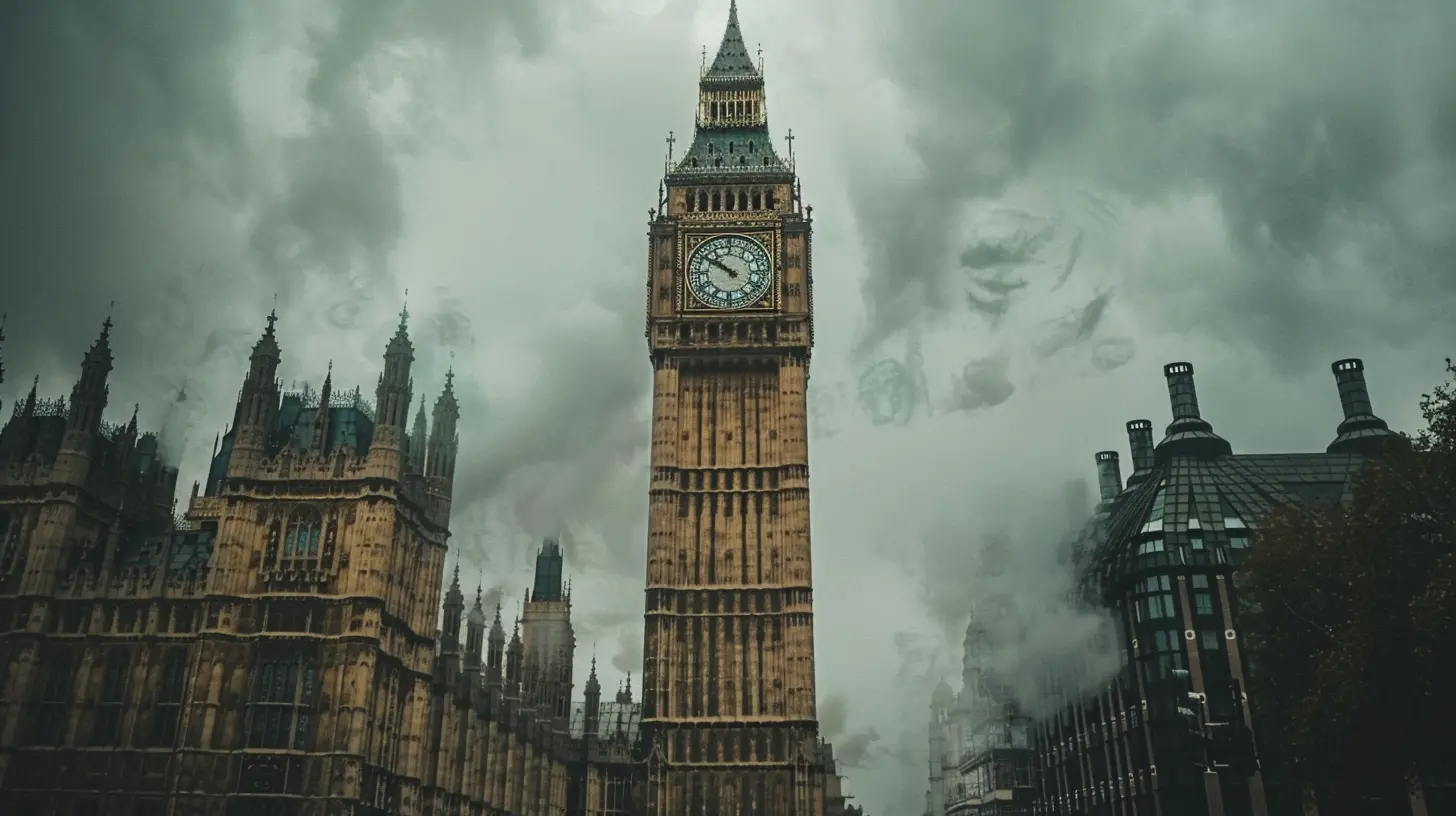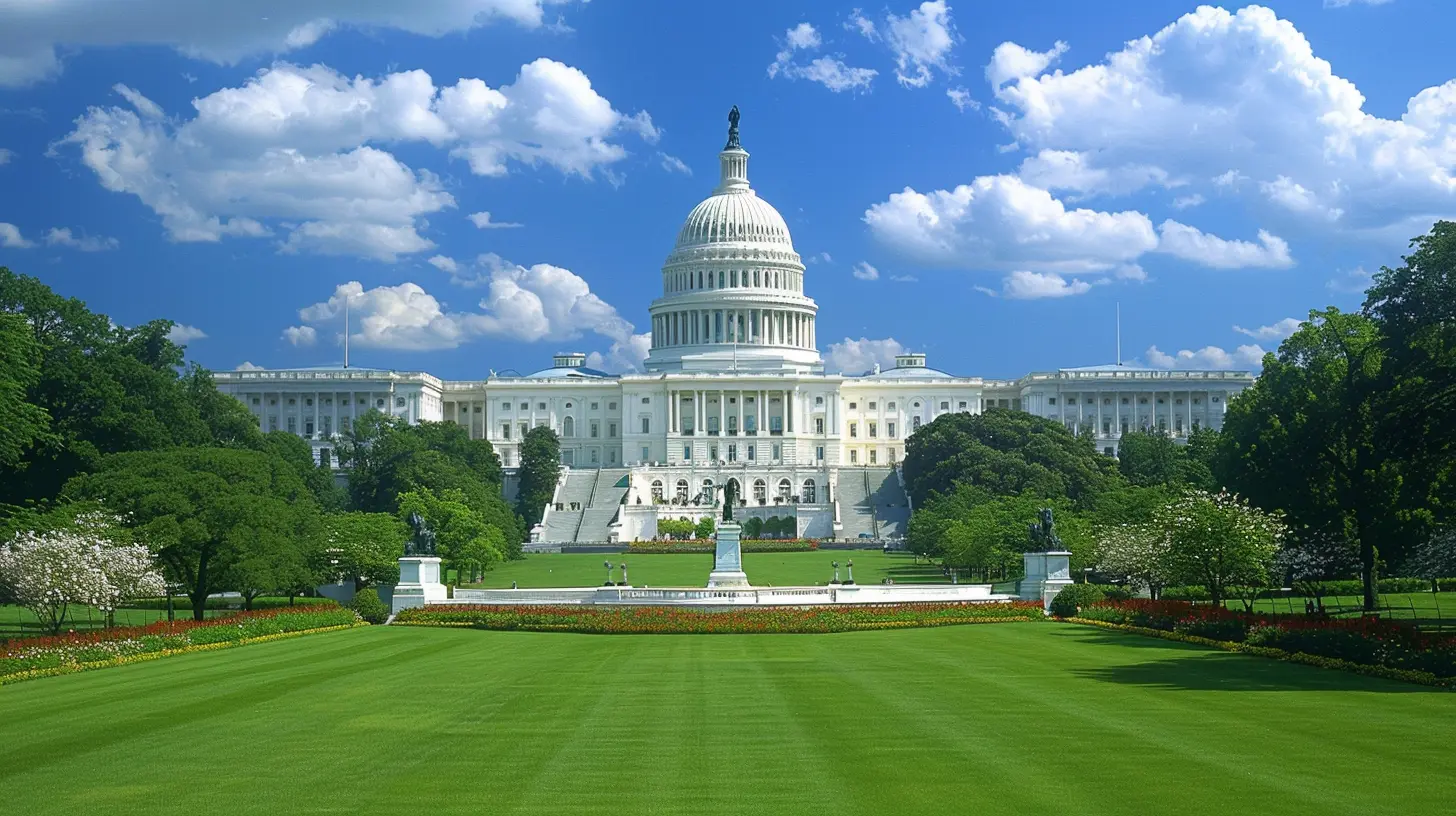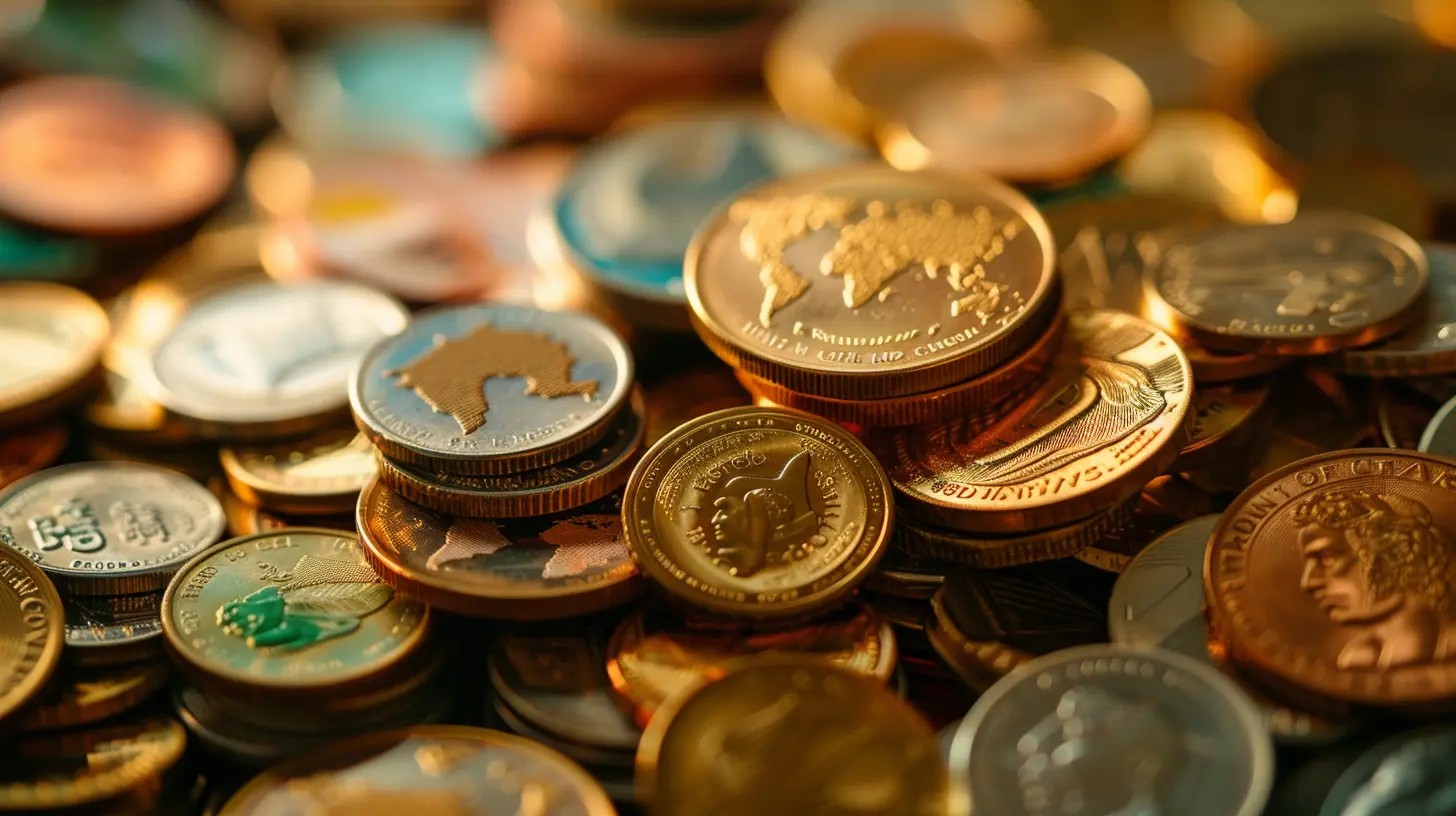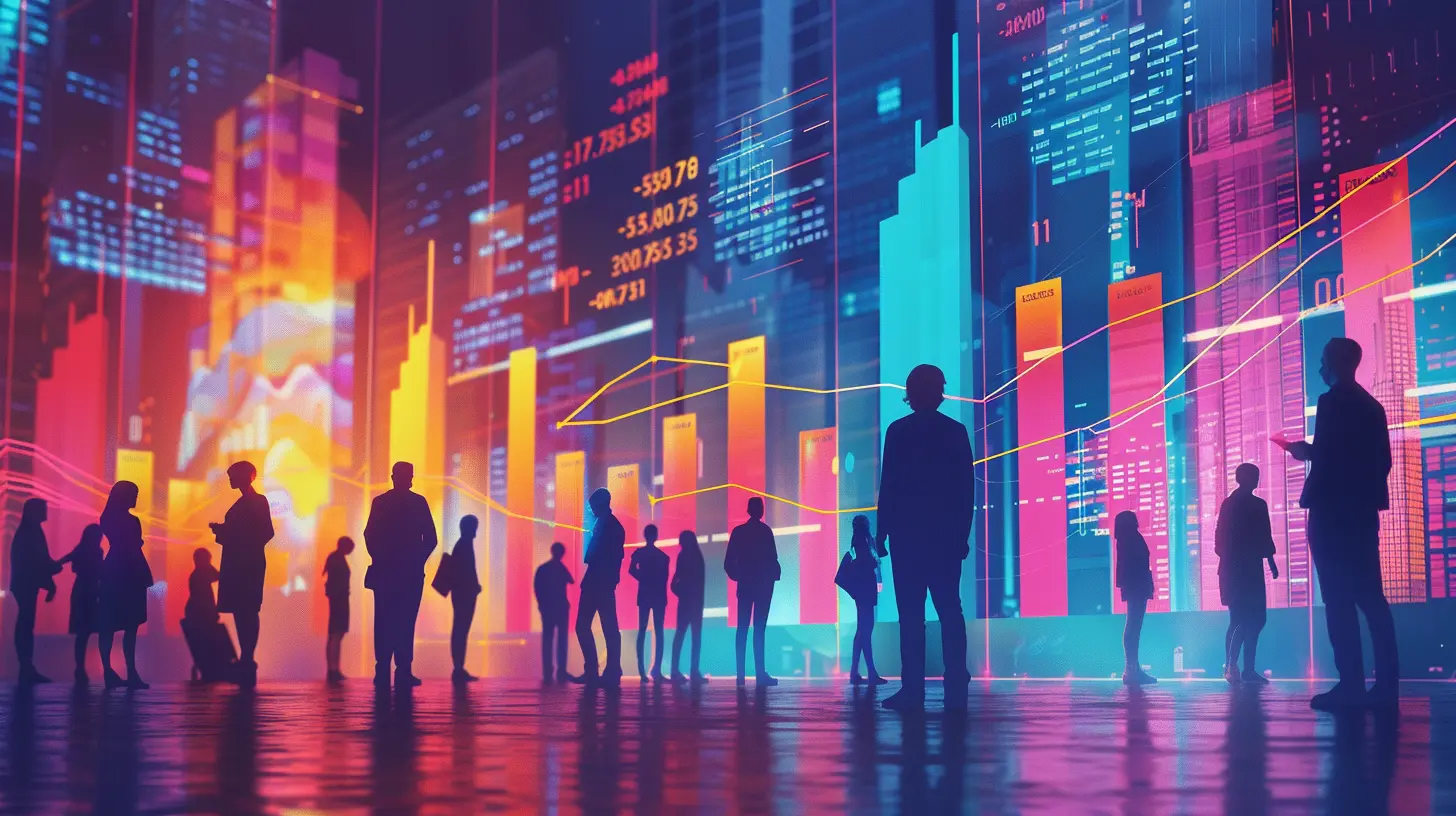The Role of Government Spending in Stimulating Economic Activity
8 June 2025
Government spending—two simple words that spark endless debates among economists, politicians, and everyday citizens alike. Some say it's the fuel that drives economic growth, while others argue it’s a ticking debt bomb. But love it or hate it, there’s no denying that government spending plays a massive role in shaping the economy.
So, how exactly does it work? Can a government really inject money into an economy and magically make everything better? Let’s strip away the jargon and break it all down in plain English. 
Understanding Government Spending
Before we get into the nitty-gritty, let's clarify what government spending actually is. Basically, it's the money that governments dish out to run the country—everything from building roads and schools to funding healthcare and military defense.This spending falls into two main categories:
- Mandatory Spending – Things the government has to pay for, like Social Security, Medicare, and unemployment benefits.
- Discretionary Spending – Costs that depend on budgetary decision-making, such as infrastructure projects, education, and defense.
Both types of spending influence economic activity in different ways, and when used strategically, they can be powerful tools for stimulating an economy. 
How Government Spending Stimulates Economic Activity
Government spending can function as a shot of adrenaline for a sluggish economy. When done right, it can:1. Increase Demand and Boost Consumer Spending
Money doesn’t just disappear when the government spends it. Whether it’s paying contractors for infrastructure projects or handing out stimulus checks, that money flows into people's pockets. And what do people do with extra cash? They spend it.
More spending means more demand for goods and services, which, in turn, encourages businesses to ramp up production and hire more workers. It’s a chain reaction that keeps the economy humming.
2. Create Jobs and Reduce Unemployment
Picture this: The government decides to build a new highway. That project alone creates thousands of jobs for construction workers, engineers, and suppliers. But the impact doesn’t stop there—those workers now have paychecks to spend, which benefits local businesses like restaurants, shops, and service providers.
This ripple effect leads to job creation in multiple sectors, reducing unemployment and putting more money into circulation.
3. Stimulate Private Sector Growth
Some people assume that government spending competes with the private sector, but in many cases, it actually supports and encourages it. For example, when the government invests in research and development (R&D), it often leads to groundbreaking innovations that businesses can capitalize on.
Think about the internet—originally a government-funded project that eventually became the backbone of the modern economy.
4. Encourage Economic Stability During Recessions
When economic downturns strike, consumer confidence plummets. People tighten their wallets, businesses slash jobs, and the economy grinds to a halt. This is where government spending can step in to provide stability.
By increasing spending during recessions (like through stimulus packages and public projects), governments can prevent economic freefall and help businesses and individuals stay afloat until conditions improve. 
The Keynesian Perspective: Spending as Economic Fuel
Ever heard of John Maynard Keynes? If not, don’t worry—you’ve definitely felt the impact of his economic theories. Keynesians believe that during tough times, governments should step in and spend to counteract economic slumps.The idea is simple: When the private sector pulls back, the government steps in to keep demand strong. This keeps businesses from going under and prevents mass layoffs.
A perfect example? The 2008 financial crisis. Governments worldwide injected billions into their economies, bailing out banks, funding infrastructure, and handing out stimulus checks to keep spending alive. 
The Flip Side: The Risks of Excessive Government Spending
Of course, not everyone sees government spending as an economic lifesaver. Critics argue that too much spending leads to:1. Ballooning National Debt
Governments don’t have endless cash reserves, so when they spend more than they collect in taxes, they borrow money—leading to national debt. While some debt is manageable, unchecked borrowing can cripple a country's financial future.
2. Inflationary Pressure
Pumping excessive money into the economy can lead to inflation, where prices rise because there’s too much money chasing too few goods. This erodes purchasing power and makes everyday essentials more expensive.
3. Reduced Private Sector Incentives
If the government keeps carrying the economic load, businesses might become reliant on government contracts or bailouts rather than innovating and growing on their own.
Striking the Right Balance
So where does the truth lie? Somewhere in the middle. Government spending is a powerful economic tool, but like any tool, it needs to be used wisely.A balanced approach encourages investment in critical sectors like infrastructure and healthcare while keeping debt and inflation in check. It’s a delicate dance—spend too little, and growth stagnates; spend too much, and you risk economic instability.
Real-World Examples of Government Spending Impacting the Economy
1. The New Deal (1930s, USA)In response to the Great Depression, the U.S. government (under Franklin D. Roosevelt) launched massive public works programs, creating jobs and revitalizing the economy.
2. The Post-World War II Boom
After WWII, governments invested heavily in rebuilding economies, infrastructure, and social programs, leading to decades of economic prosperity.
3. COVID-19 Stimulus Packages (2020-2021)
To counteract the economic downturn caused by the pandemic, governments worldwide issued stimulus checks, boosted unemployment benefits, and funded vaccine distribution, preventing a deeper recession.
Final Thoughts
Government spending is neither a magic bullet nor a guaranteed disaster—it’s a tool. When used correctly, it can jumpstart economies, create jobs, and push nations forward. But reckless spending? That’s a whole different story.Finding the right balance is key. Spend where it matters, invest in long-term growth, and keep an eye on the debt. Because at the end of the day, a well-managed economy benefits everyone.
all images in this post were generated using AI tools
Category:
Economic IndicatorsAuthor:

Audrey Bellamy
Discussion
rate this article
2 comments
Angie McLaury
This article effectively highlights the critical role of government spending in boosting economic activity. While it can drive growth, the balance between fiscal responsibility and investment is key. Understanding the trade-offs and impacts of such spending is essential for informed policy decisions and sustainable economic health.
June 12, 2025 at 3:53 AM

Audrey Bellamy
Thank you for your insightful comment! I agree that balancing fiscal responsibility with effective investment is crucial for sustainable economic growth.
Rivera McRae
Intriguing perspective! I wonder how varying spending levels impact different sectors of the economy.
June 9, 2025 at 12:58 PM

Audrey Bellamy
Thank you! Different spending levels can significantly influence sectors like housing, infrastructure, and education, each responding uniquely to fiscal initiatives.

